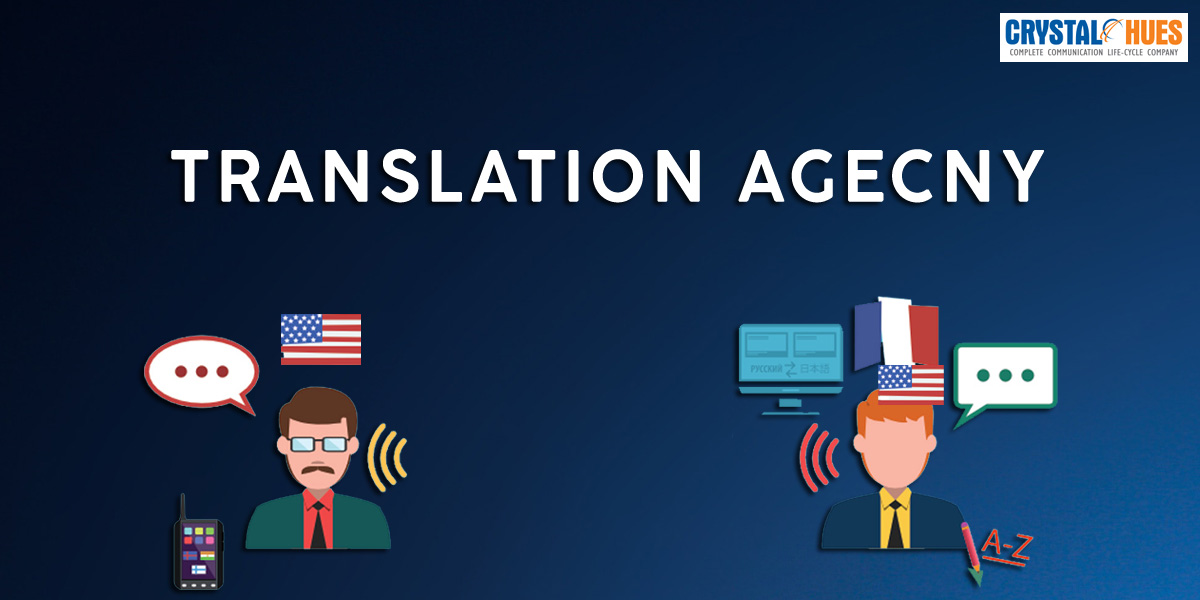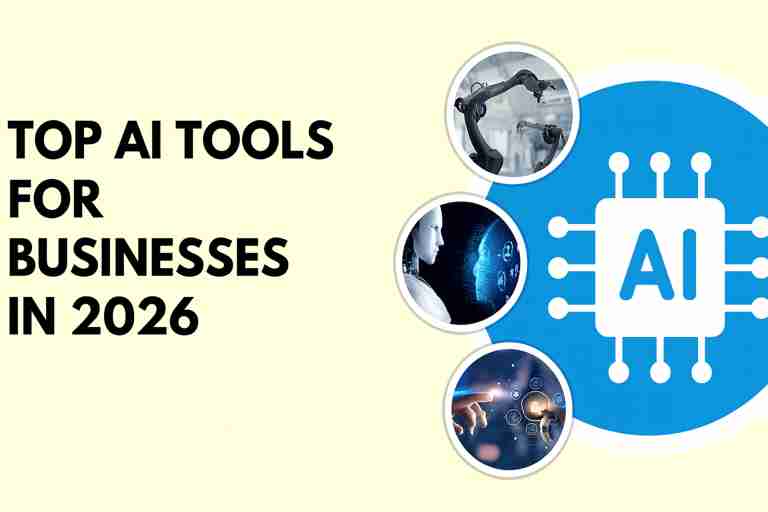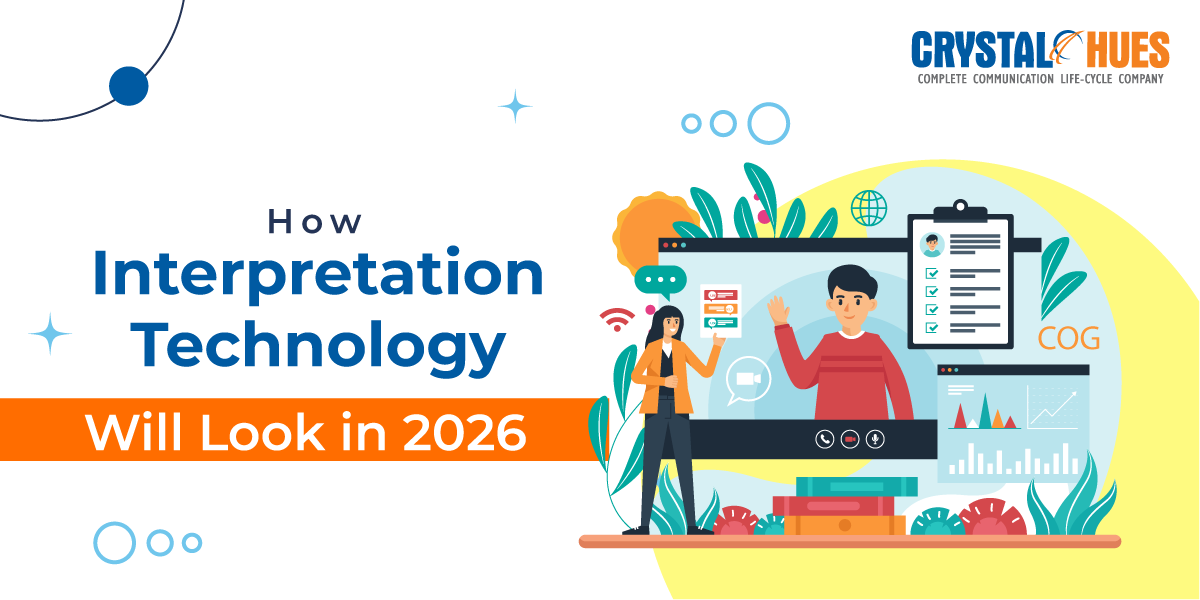
Why is manual translation better than Translation Software?
The long-standing dispute over machine vs. human translation isn't going away soon. This is largely due to the fact that technology improves each and every year, as well as the quality of translation it provides continues to increase. It seems that now is a great necessary to refresh the position on the machine vs. human translation problem. In this blog, we'll look at the advantages and disadvantages from both, and when you might employ either in certain situations. According to the translation agency in India, the benefits of machine translation are primarily two: it is faster and less expensive. The disadvantage is that the translation quality might range from imprecise to incomprehensible, and even deadly.
When it comes to any translation, the cost of possible issues is the most critical factor to consider. Medical equipment instructions, aircraft manuals, legal paperwork, and various other content demand 100 percent correctness. In such circumstances, errors can result in the loss of lives, large sums of money, and irreversible damage to your company's reputation. So, make your decision carefully! In terms of pros and cons, human translation essentially flips the table. Faster response times and higher expenses come with a higher level of accuracy. You must evaluate if the initial expenditure is worth the risk of making a mistake. Alternatively, errors are impossible, like in the previous section's instances.
Machine translation's advantages
· There are numerous free tools accessible with a short turnaround time
· With just one device, you can convert between several languages.
· The state of translation technology is constantly evolving.
Machine translation has several drawbacks, as per the translation agency:
· The level of precision can be shallow.
· In addition, accuracy varies significantly between languages.
· Machines are unable to comprehend context.
· When you make a mistake, it might cost you a lot of money.
· There are situations when it simply does not work when it comes to translation.
Human translation's advantages
· It is a translator's responsibility to maintain the highest level of correctness.
· Instead of simply translating words, humans can infer background and convey the same meaning.
· Human translators can check their work and ensure a high-quality outcome.
· Humans can interpret puns, analogies, slogans, and other creative language uses.
· Professional translators are aware of the idiomatic distinctions between the languages they translate.
· When accuracy is even marginally crucial, human translation is the best option. The intricacy of your source content, as well as the two languages you're translating between, are also factors to consider, as both can render robots ineffective.
When should you utilize a computer or a human translator?
The discussion about machine vs. human translation is, in reality, a pointless diversion. Instead, we should discuss when to use these two sorts of translation services, as they both have their own set of benefits. When should you utilize machine translation? When you have a significant amount of text to translate, you only need to know the overall idea.
When your translation is never seen by the intended audience, such as when you're translating a resource for another piece of material, when 100 percent accuracy isn't required, solving papers for internal usage within a corporation is a viable option. To help a human translator improve on vast pieces of text by partially translating them.
Translation software (MT) is an application technique that automatically converts material from one dialect to another without the use of humans. MT is a type of artificial intelligence that translates one language to another using a transformation algorithm, statistical approaches, and rules. Most translation tools, especially computer-assisted translation (CAT) technologies, already have MT built-in. One of three methodologies is used by these machine translation engines:
Algorithms convert syntax, vocabulary, and phrases from one language to another.
Statistical systems: discover existing translations that are most likely to be suitable using paralleled texts and pattern-match references.
The most advanced of the three, neural, uses machine learning to teach technology how to translate by analyzing large amounts of text.
CAT tools reduce a translator's effort while improving translation quality, consistency, and speed. In addition, before diving into the translating memory, MT technologies can immediately surface possible translations, making the job of a professional translator much easier.
Machine translation is typically used for interim translations or re-translations in change management. It would help if you still employed somebody to proofread it in most circumstances. You don't have to pick since post-edited machine translation combines the speed and convenience of MT with the subtlety and localization that only a human translator can deliver.
Because rules govern automatic translation, it can sometimes be unreliable. On the other hand, human translation necessitates knowledge about the human translator. The professional translator can contribute to smoothing out the source text into the destination text by using their judgment. On the other hand, the automatic translation approach produces an automated response. As a result, human workers are always the best option. These days, professional translations are in great demand. Most clients prefer human translators since their job is confidential, authentic, near in meaning to the original material, and contains unique content due to the involvement of the human intellect in the process. Translation software has its own set of advantages, including the fact that it is quick, inexpensive, and often even free, requires no human intelligence, and saves time and effort.
Human translators are ideal because literal translation might often insult the target country. When interpreting papers for legal purposes, reliability is crucial, and only human translation, not machine translation, can provide this assurance. All immigration agencies and corporate companies have policies in place that declare that technology translations are not acceptable since they are unreliable.
Both machine and human translation have advantages and disadvantages. When we have both types of conversions in our hands, we don't have to choose one of these and abandon the other. Instead, translators should employ computers' unrivaled speed to develop draught target texts, subsequently edited by translations with the most in-depth experience in the topic. In this manner, the time it takes to interpret a document is significantly reduced, and machine-drafted translations can come to life. The translation agency in India claims that, any Linguistic Service Provider must masterfully juggle these two techniques to get the perfect blend.




